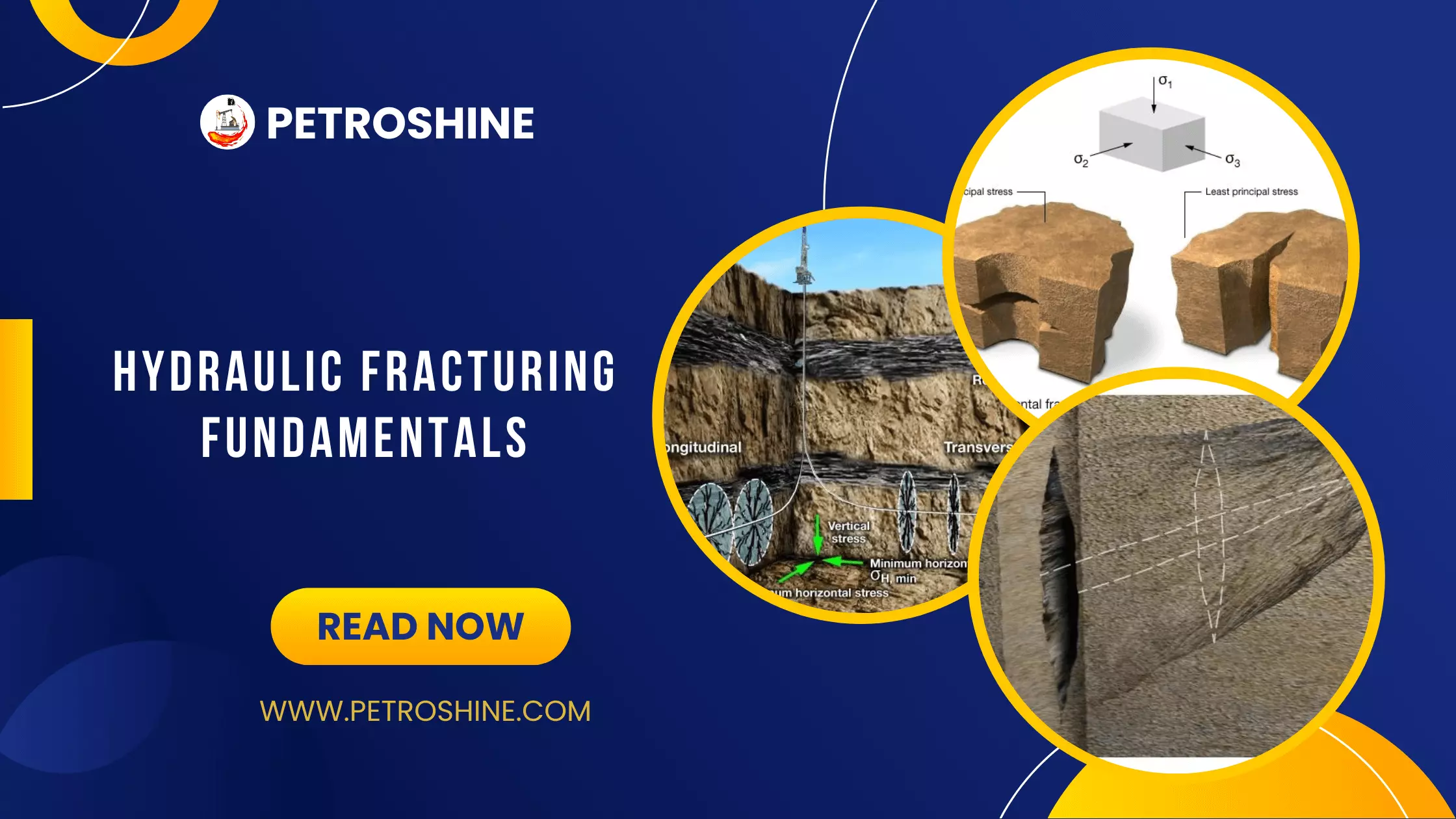Learning Objectives
After completing this topic “Rock Mechanical Properties“, you will be able to:
- Explain the differences between intrinsic, extrinsic, and physical properties of rocks.
- Compare and contrast static versus dynamic elastic properties derived during laboratory testing.
- Differentiate the various parameters associated with laboratory testing of rock strength.
- Describe geophysical methods for measuring elastic rock properties.
- Describe geophysical methods for estimating rock strength.
Introduction to Rock Mechanical Properties
This topic describes how mechanical properties of subsurface rocks are constrained using a combination of laboratory and geophysical methods (figure 1). The focus is on porous rock with isotropic and transversely isotropic elastic symmetry.

As background, it first helps to distinguish between intrinsic, extrinsic, and physical rock properties.
- Intrinsic properties are inherent to the volume and independent of form and, to some extent, size. Intrinsic properties include compositional and textural components. Composition refers to the mineralogy of rock-forming grains and the cements that bind them together. Textural refers to the geometric aspects such as, grain size, shape, and fabric such as bedding planes, fractures or a preferred alignment of particles.
- Extrinsic properties are not inherent to the material. They describe the volume’s environment, including stresses, pore fluid pressure, and temperature.
- Physical properties such as bulk density, porosity, and compressional wave velocity are quantities that are measured by geophysical methods such as surface seismic or borehole logging. Because the physical properties of rocks are governed by the interaction of both extrinsic and intrinsic properties, geophysical measurements can be used to characterize rock properties in its current state.
This course is divided into three main subjects: laboratory methods for measuring rock mechanical properties, geophysical methods for measuring elastic properties, and a geophysical model for estimating rock strength, including a review of laboratory relationships that support applications using geophysical methods.
 Petro Shine The Place for Oil and Gas Professionals.
Petro Shine The Place for Oil and Gas Professionals.



